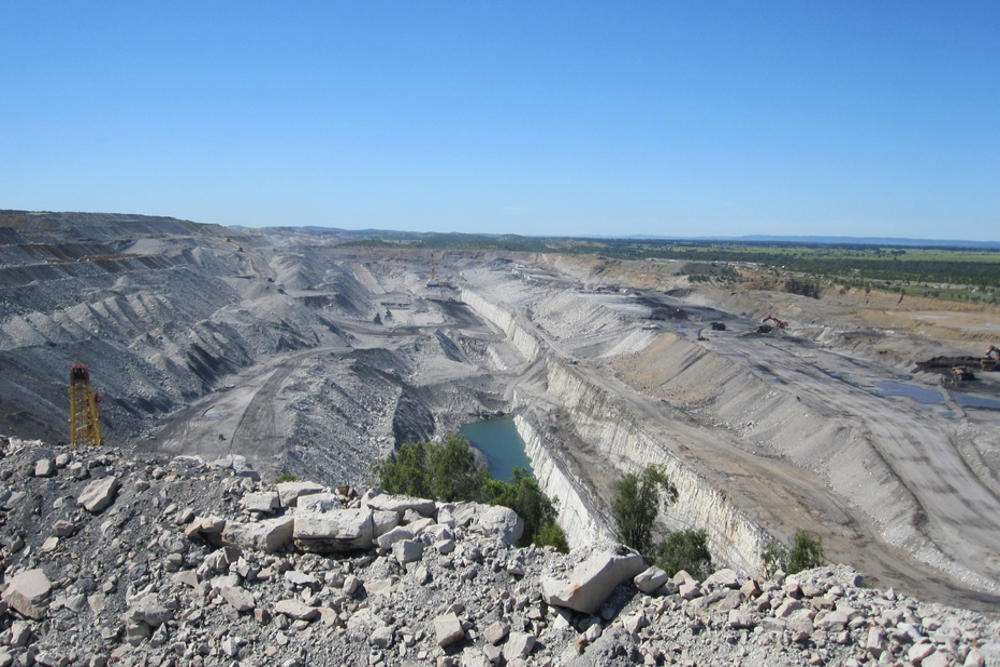
The world’s 100 largest mining companies sold an impressive US$946.4 billion worth of minerals and metals in 2024 and had a combined valuation of US$1.83 trillion as of June 2025, according to the GLOBALmining100 report by Mining Beacon.
This comprehensive report is part of Mining Beacon’s ongoing series that provides in-depth insights into the evolving global mining sector.
It highlights a transformation driven by geopolitical tensions, the urgent need for decarbonisation, and the emergence of a new generation of industry players.
In 2024, higher average prices for copper and gold helped offset weaker markets for thermal coal and iron ore, with total revenue from minerals and metals increasing from US$925.56 billion in 2023 to US$946.4 billion.
Copper generated US$173.81 billion in revenue, and gold contributed US$131.81 billion, making them two of the top three mineral revenue sources.
Thermal coal and iron ore also remained significant, producing nearly US$132 billion and US$130.65 billion respectively, while bauxite, alumina, and aluminium combined to generate US$85.83 billion.
Canadian oil sands companies accounted for US$54 billion in energy commodity sales.
Other important contributors included coking coal, zinc, nickel, silver, lithium, uranium, rare earth elements, platinum group metals, and fertiliser minerals, which together totalled around US$145 billion of revenues.
The report underscores the material sector’s new importance in a post-pandemic world shaped by military conflicts, trade sanctions, energy transition demands, and increasing technological needs sparked by AI-led energy and electrification initiatives.
Despite this shift, the industry still largely depends on mineral discoveries and mining provinces developed in earlier decades.
Generationally, the industry showcases a broad spectrum of company ages. Eleven of the top 100 firms were established before 1900 — six of these are among the top 50 — and the average age of the top 100 companies is 53, increasing to 60 for the top 50.
Meanwhile, six Gen Alpha companies and thirty companies founded since 2000 appear in the top 100, reflecting newer entrants.
A noteworthy change has been the rise of China-based mining companies, with nine Chinese firms in the top 50 sporting an average age of 29, and 14 in the top 100 averaging 28 years old.
The top global miners are primarily headquartered in Canada, Australia, China, and the USA, with additional representation from South Africa, Russia, England, India, Indonesia, Sweden, and Chile.
Most of these companies (96 out of 100) are listed on stock exchanges, holding a combined market value of $1.836 trillion as of June 20, 2025.
The top 50 alone account for $1.48 trillion in market value. Importantly, the ranking focuses on revenues derived directly from minerals and metals, excluding any trading or non-mining income.
At the end of 2024, the top 100 miners employed over 2.5 million people and reported 397 fatalities over the past two years, with 205 deaths occurring in 2024 alone.
Only four of these global mining leaders had female CEOs by the close of 2024. Richard Roberts, Editorial Director of Mining Beacon, remarked: “The GLOBALmining100 shows how both legacy giants and rising players are reshaping the mining landscape not just by what they produce, but how and where they operate.”
The full report offers a detailed look at these pivotal industry trends and can be accessed through Mining Beacon’s platform.














